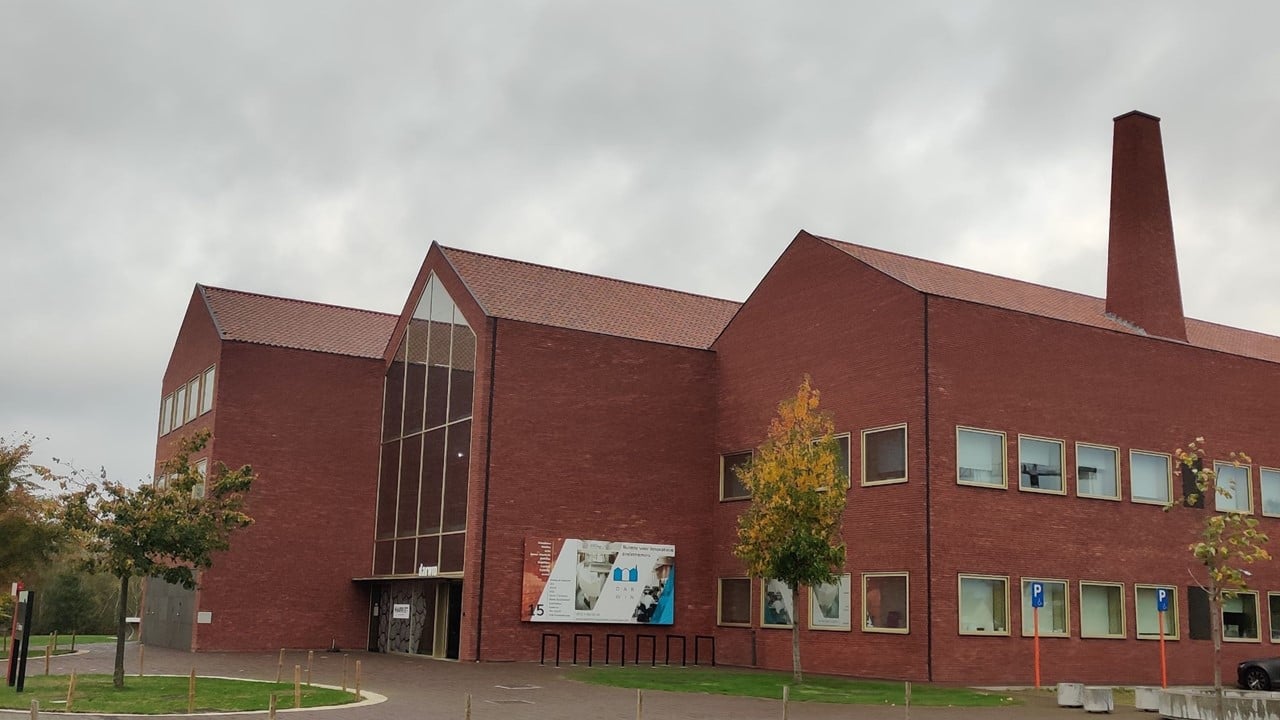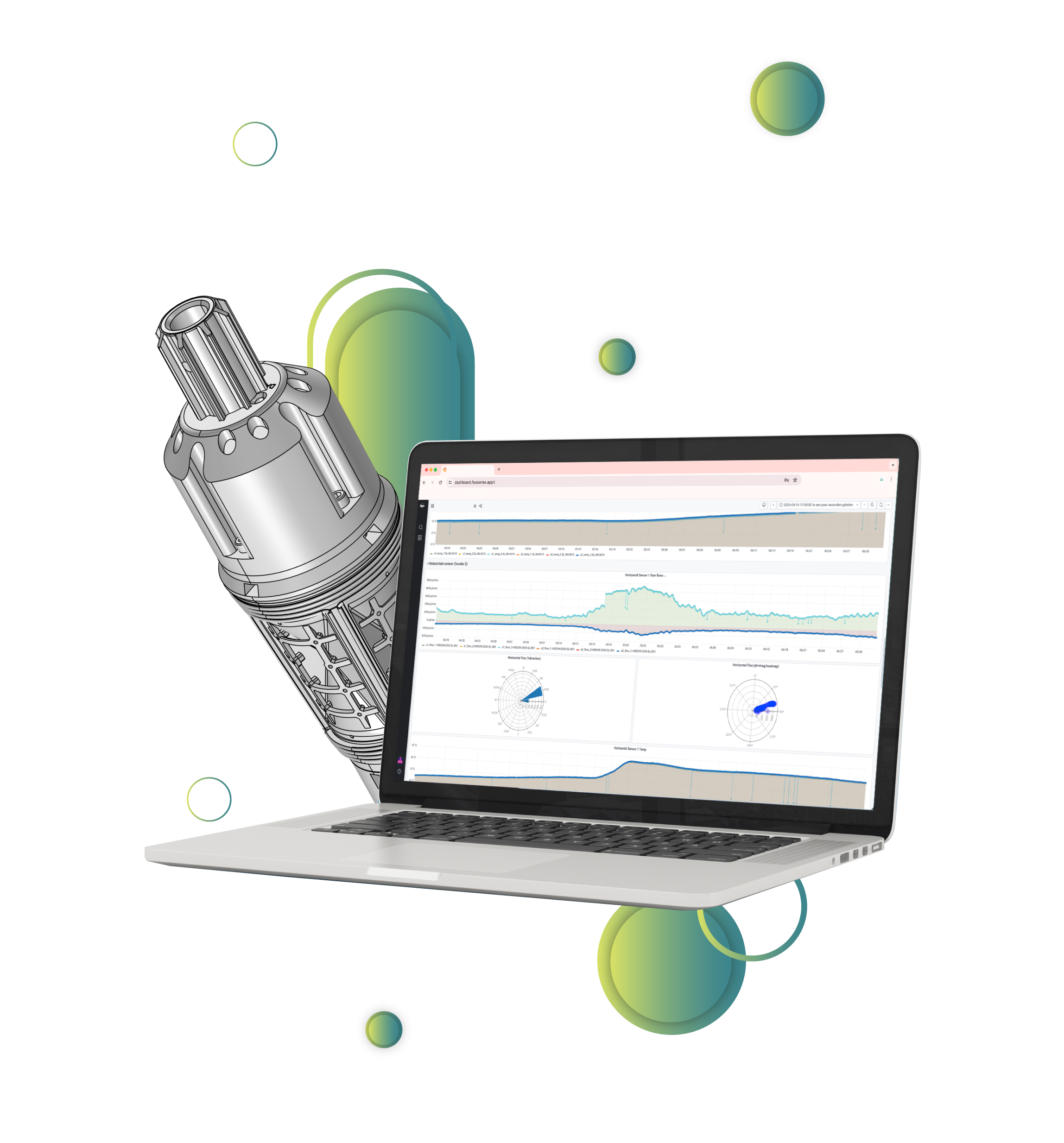Big industries improve groundwater quality by using flux measurements
Posted on Friday 14 May 2021 How industries influence groundwater Industries use water in a lot of their production processes....
2 min read
 Goedele Verreydt
:
Apr 30, 2024 12:19:27 PM
Goedele Verreydt
:
Apr 30, 2024 12:19:27 PM

Posted on Tuesday 9 February 2021
A lot has changed since the start of iFLUX and its more than 80 different projects. We have learned a lot, and so we continue improving the service of iFLUX.
We would like to share with you our main lessons learned so that you can benefit from them in your iFLUX projects.
Based on the projects we have done, we have found that less extensive site investigations are sometimes sufficient and they’ve often proven to be useful. When drawing up the investigation plan is important to have a clear view on the existing information and knowledge gaps with regard to the contaminated site and to clearly define the objective of the monitoring project. This way, we at iFLUX can think along from our experiences so that the measurements actually contribute to the objective of the project.
The better the input, the better the output. This rule also applies to flux measurements. Therefore, it is important to have monitoring wells that are in good condition and to pass on the correct dimensions of the monitoring wells.
Sometimes these data are only partly or incorrectly supplied due to time constraints. But for preparing the fieldwork and equipment it is nevertheless crucial to get the correct information. The iFLUX products are tailored to the monitoring wells. Incorrect monitoring well information will therefore cause incorrectly tailored products, which will prevent the measurements from proceeding.
When the cartridge or sensor does not fit the monitoring well, it should not be forced in it. Forcing it, can damage the samplers and sensors or even get them stuck inside the monitoring well.
To avoid this, we have learned to request the monitoring well information at an early stage via the "well info sheet". Here are some considerations when providing the requested information
When measuring the inner diameter of a well, it is important to measure in different directions. We have noticed that in exceptional cases the monitoring wells are slightly deformed. Presumably during storage or transport before installation. Worst case scenario, strong deformation can cause the cartridges not to fit in the monitoring well.
From these experiences, we have developed a tool to help measuring the internal diameter of the monitoring wells. The tool can be provided on request. If there is still uncertainty about the dimensions it is possible to let iFLUX measure the monitoring well dimensions as an additional service.
If level measurements are taken with respect to a reference point, this should be clearly indicated. This can be ground level (can vary per monitoring well), top of the casing or street well, top of the monitoring well, groundwater level, …
The top and bottom of the filter and the depth where the cartridge or sensor should be installed should be known in m to ground level and m to the top of the monitoring well.
Monitoring wells must be pumped clean and checked for proper conditions 1 to 2 weeks before sampling. Siltation of the filter or filter gravel by biomass growth, formation of deposits, attraction of very fine fraction, etc. may influence the measurement. If monitoring wells are very old, or if there have been large works, the installation of new monitoring wells should be considered to optimize the quality of the flux measurements.
If you have a project to discuss, or questions about how the specific circumstances of your project might influence flux measurements, contact us at info@iflux.be

Posted on Friday 14 May 2021 How industries influence groundwater Industries use water in a lot of their production processes....

Posted on Thursday 3 February 2022 Testing is an important part of delivering quality. We make our own sensors that measure...

iFLUX now ensures data quality with Timeseer.AI, a time-series data reliability and observability platform powered by AI that monitors and safeguards...